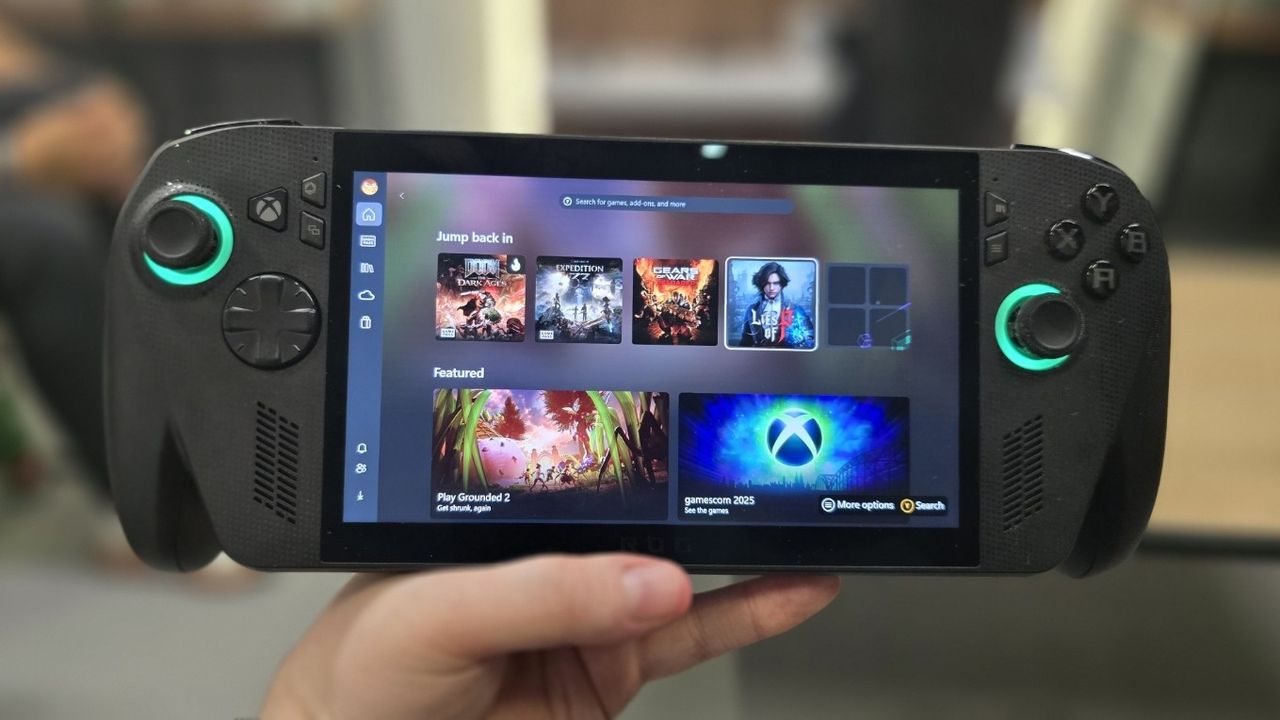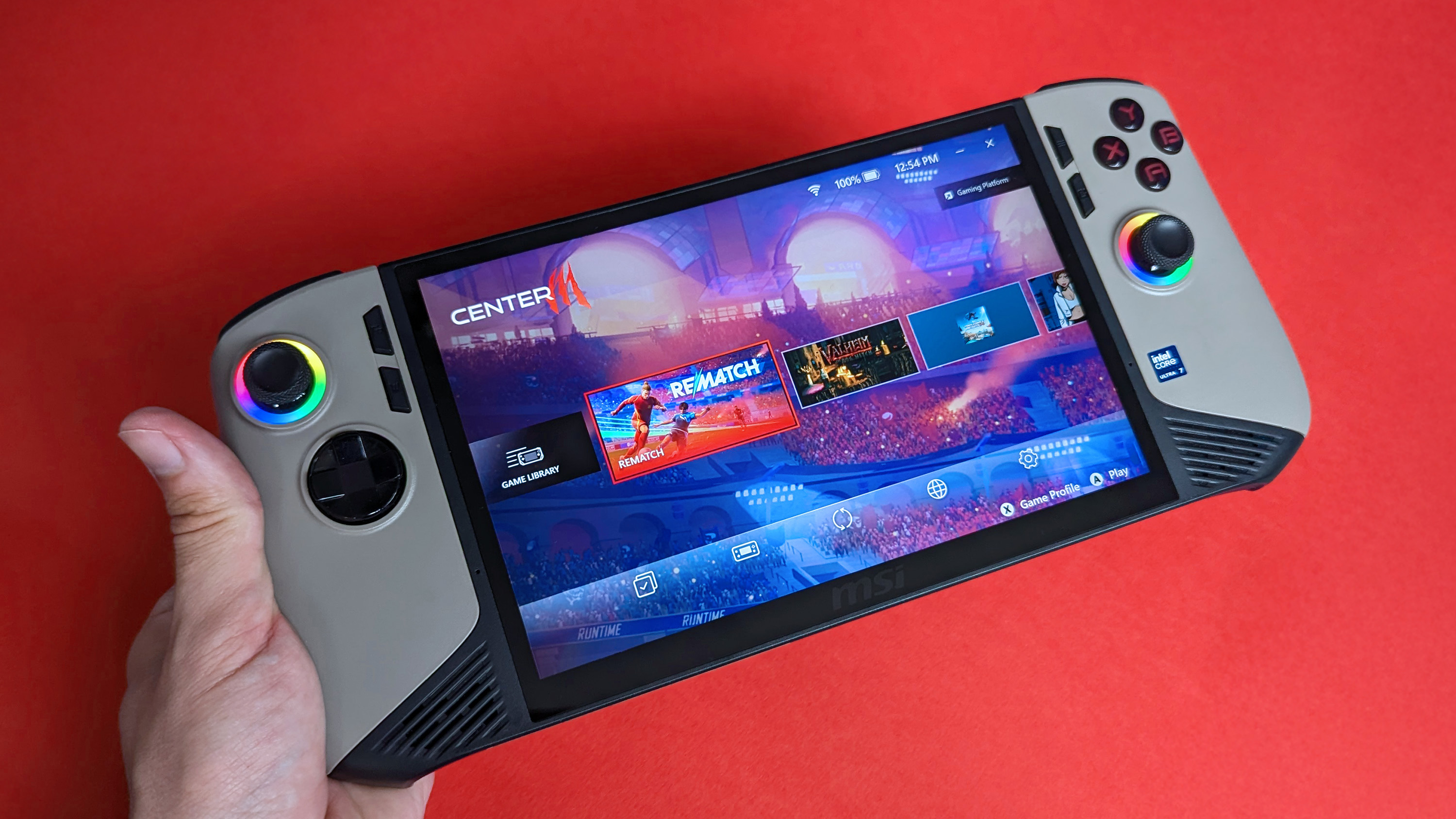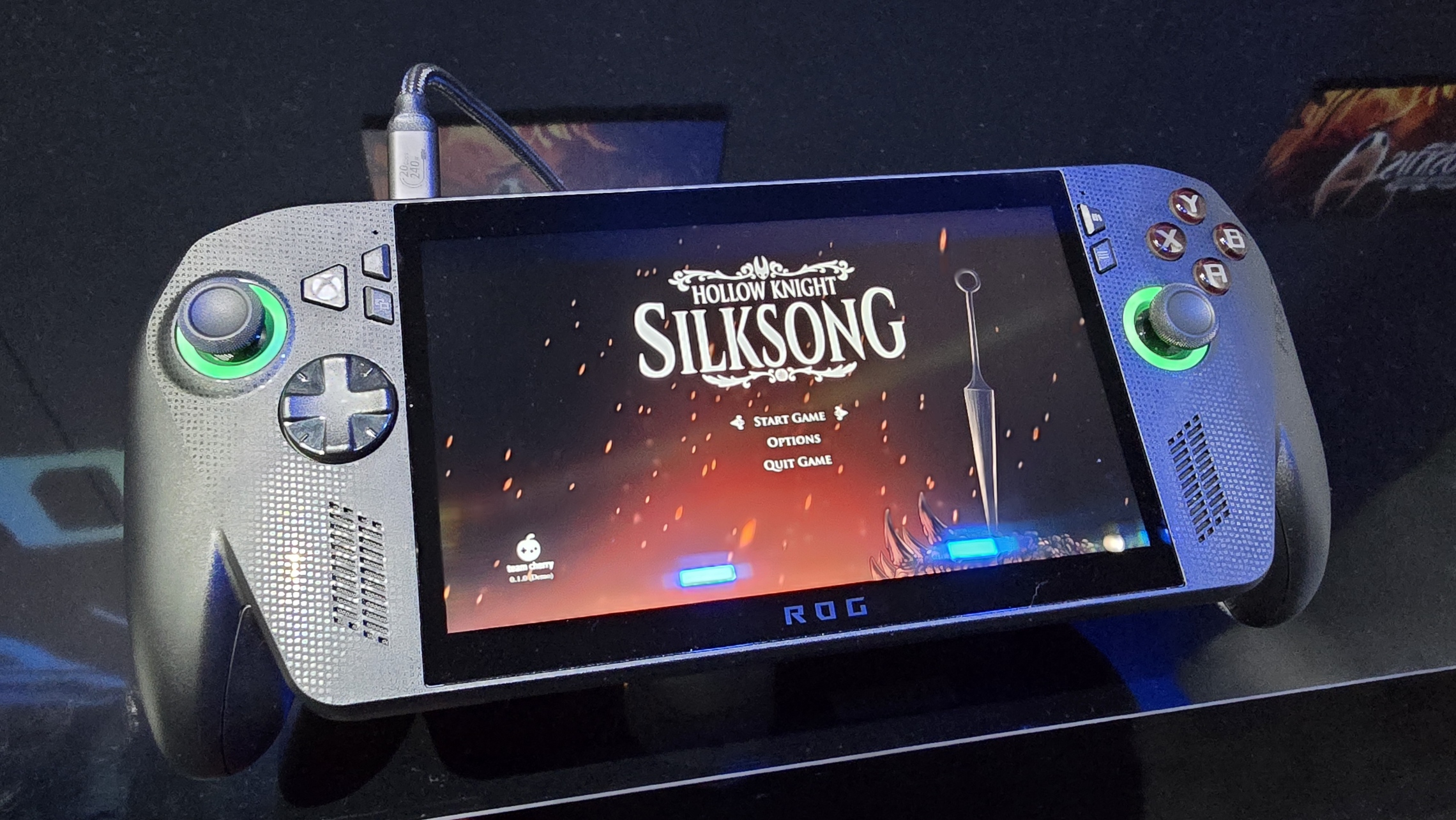
Intel Tech Tour 2025 has concluded, and with it, Intel has shared its key plans for the coming year. The next generation of Intel Core Ultra processors, codenamed Panther Lake (Series 3), promises to be Intel’s most innovative platform yet.
During my time at Intel in Chandler, Arizona, I gained valuable knowledge about technologies like Panther Lake and Intel Arc graphics, as well as the semiconductor manufacturing process. However, the most exciting news I heard came during a presentation: Intel is planning to release gaming handheld devices powered by Panther Lake.
Handheld gaming PCs are becoming increasingly popular, but most use processors made by AMD. While some companies have tried using Intel processors, like with the MSI Claw, the results haven’t been great or the devices have been hard to find. However, next year promises more powerful and efficient handhelds thanks to Intel’s new Panther Lake processors, and I’m really looking forward to them.
Intel Panther Lake could be incredible for handheld gaming

I’ve written extensively about Intel’s new Panther Lake chips, explaining what makes them so promising. I’ve covered both the underlying Intel 18A technology and the latest Intel Arc GPUs that will be included in these chips in separate, detailed articles.
As an analyst, I’ve been reviewing the details on Intel’s upcoming chips, and here’s what stands out. The new Panther Lake processors represent Intel’s latest mobile technology, and they’ll be sold under the Core Ultra brand. What’s really exciting is the significant improvements they’re making – particularly in memory bandwidth. This generation aims to deliver the power of what was previously expected from Arrow Lake, combined with the efficiency of Lunar Lake, all in one package.
For handheld gaming, more processing power combined with better energy efficiency is a huge win. But the biggest highlight is the Intel Arc B-Series graphics. Its new Xe3 cores and improved ray tracing deliver the expected next-generation performance, and it now supports XeSS 3 – Intel’s AI-powered gaming technology that includes Multi-Frame Generation.
Intel’s Panther Lake processors have been significantly improved, but the biggest news might be the new Intel Arc graphics cards.
Intel significantly improved how Panther Lake manages its resources. This means the system is better at directing power where it’s needed, leading to smoother performance during demanding tasks like gaming. You’ll experience fewer sudden performance drops and more consistent gameplay, even over extended periods.
Okay, so I’m really excited about Intel’s new Panther Lake chips. From what I’ve heard, they could pack up to 16 CPU cores and 12 GPU cores, which is seriously impressive! That kind of power could really go toe-to-toe with AMD’s Ryzen AI Z2 Extreme – you know, the chip that’s currently powering the best handheld gaming devices like the Lenovo Legion Go 2 and the Xbox Ally X. It’s shaping up to be a real competition!
Intel has hinted that gaming handhelds using their new Panther Lake processors will be available next year, creating competition with AMD’s current offerings. However, I haven’t been very impressed with Intel’s previous attempts in the handheld gaming market, and AMD continues to innovate in this space.
Panther Lake could be the future, but the Xbox Ally is here today

While AMD is currently the most popular choice for processors in gaming handhelds, Intel proved its processors – normally found in laptops – can deliver excellent performance in a handheld device with the MSI Claw 8 AI+.
There are two main issues with the MSI Claw 8 AI+. First, it’s surprisingly expensive due to its Intel hardware, costing about the same as similar devices from AMD. Second, it’s often out of stock and hard to buy.
Intel’s upcoming Panther Lake chips look promising for handheld gaming, based on what I’ve seen and heard. The big question is: will they be a significant enough improvement to make Intel competitive with AMD in this area, and is it worth waiting to find out?
Currently, MSI is the only big name manufacturer fully committed to Intel-based handheld gaming devices. However, they’ve recently expanded to offer an AMD version of their Claw handheld as well. Don’t expect to see any other companies release a handheld powered by Intel’s next-generation ‘Panther Lake’ processors for at least another year and a half – not until January 2026, at the earliest.
The Xbox Ally and Ally X are launching soon, and we have a good idea of what they’ll offer – they’re shaping up to be among the best handheld gaming PCs available. While Intel might become a stronger contender for handheld makers in 2026, AMD provides a reliable option you can count on today.

Stay up-to-date with the latest from Windows Central by following us on Google News! You’ll get our news, insights, and features right in your feed.
Read More
- Ashes of Creation Rogue Guide for Beginners
- ARC Raiders – All NEW Quest Locations & How to Complete Them in Cold Snap
- Best Controller Settings for ARC Raiders
- Where Winds Meet: How To Defeat Shadow Puppeteer (Boss Guide)
- Ashes of Creation Mage Guide for Beginners
- Where Winds Meet: Best Weapon Combinations
- Berserk Writer Discuss New Manga Inspired by Brutal Series
- Bitcoin’s Wild Ride: Yen’s Surprise Twist 🌪️💰
- Eldegarde, formerly Legacy: Steel & Sorcery, launches January 21, 2026
- Fishing Guide in Where Winds Meet
2025-10-09 16:10